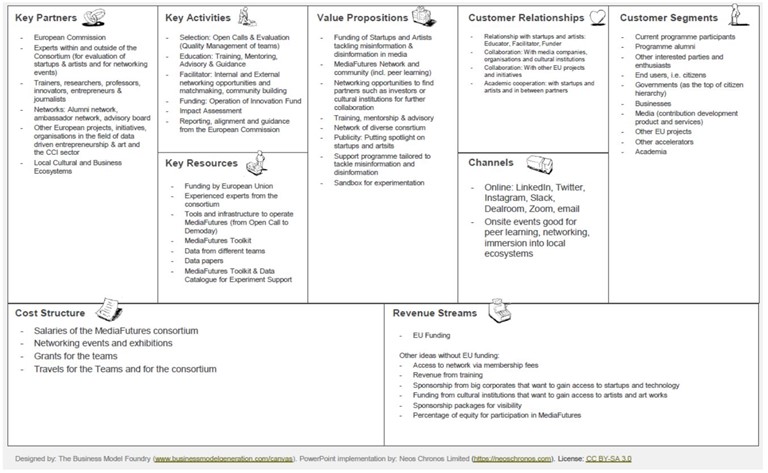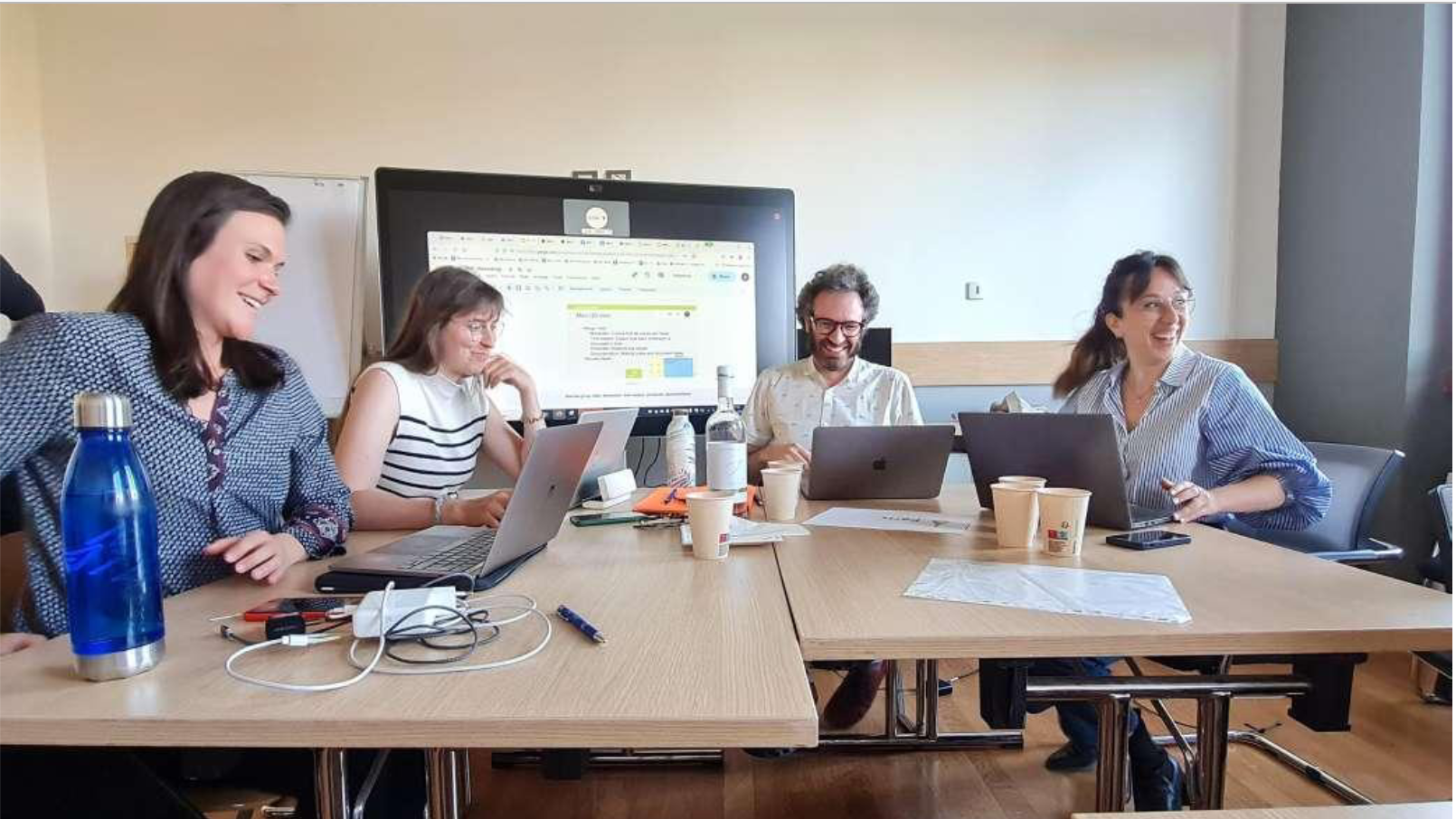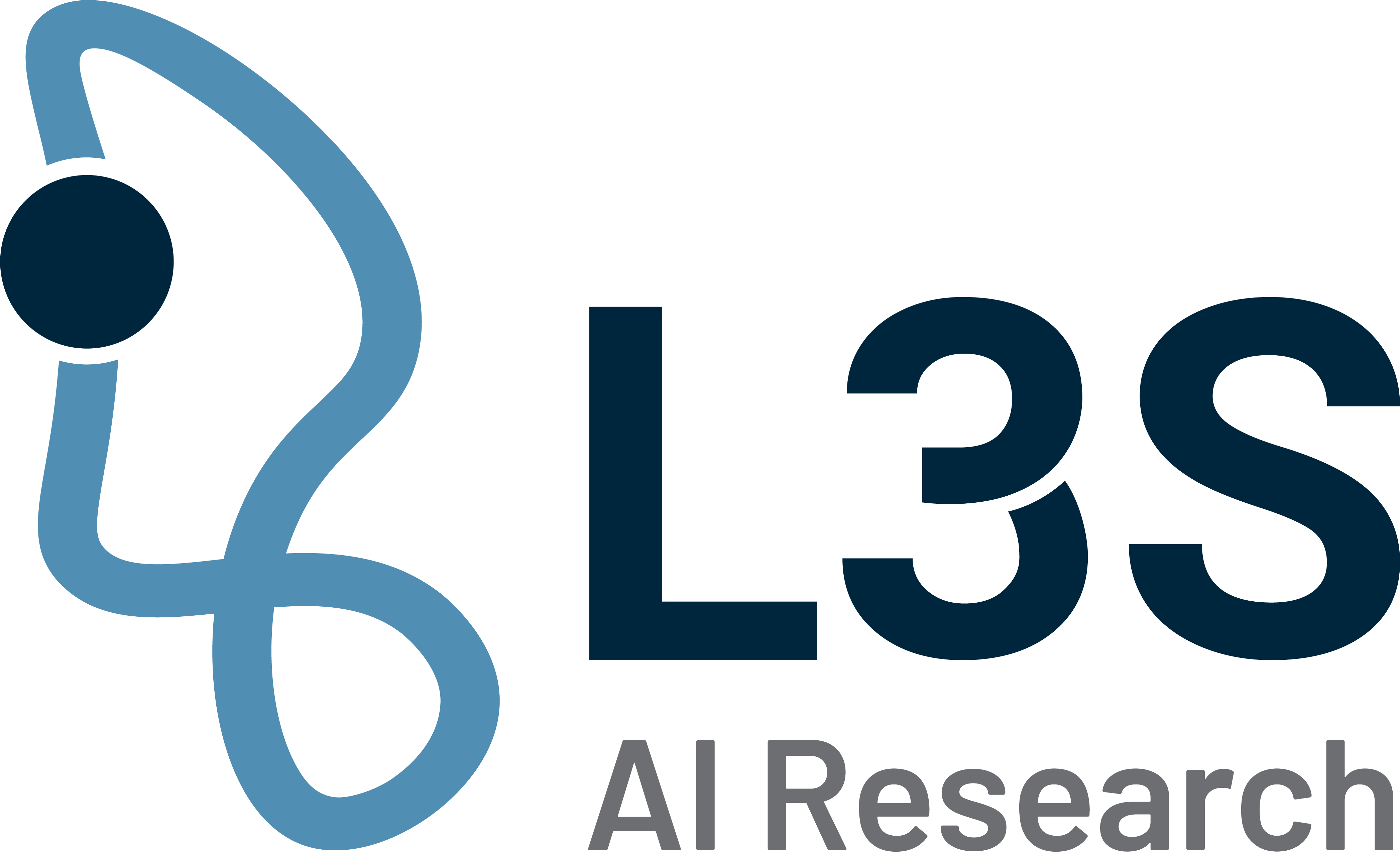A Blog Post by Alexandra Garatzogianni and Michael Fribus
In MediaFutures, one of the main goals of the exploitation and sustainability work package was to establish a Business & Operational Model for the MediaFutures Project. Consequently, as part of the 4th bi-annual Plenary in April 2023, our consortium organised an onsite MediaFutures Business & Innovation Workshop in Rome, Italy. In the following, we will present the workshop’s progress and which exploitable activities, assets and results were generated as a result of the programme.
During the MediaFutures Business & Innovation Workshop, we created a project-specific Business Model Canvas (BMC) consisting of nine elements, namely “Key Partners”, “Key Activities”, “Key Resources”, “Value Proposition”, “Customer Relationships”, “Channels”, “Customer Segments”, “Cost Structure”, and “Revenue Streams”.
The BMC proved an effective tool for strategic alignment and helped us easily communicate operational- and innovation-related aspects to audiences from various disciplines. The workshop was designed to generate a creative process, enabling collaborative dialogue and sharing different perspectives to shape an entirely new form of the BMC.
Various work groups have been established during the workshop to brainstorm the different BMC categories. Afterwards, in the scope of a joint discussion, the MediaFutures Consortium collected feedback on the input per BMC element, and it was voted on the most reasonable features. As a result, the following graphic depicting the MediaFutures Business Model Canvas has been conducted:

The Business Model Canvas has also been presented in more detail in D6.2 Exploitation Implementation.
Moreover, we share certain outcomes of the Business Model Analysis of the SMEs and startups participating in MediaFutures’ support programme. To accomplish this, we consider the participants of the MediaFutures tracks Startups for Citizens (SfC), and Startup meets Artist (SmA) across all three cohorts. The main criterion for our Business Model Analysis was collecting data exclusively from startups, which participated in the business planning session during the START phase. All acquired data will be presented in a semi-anonymised fashion.
The Business Model Analysis of the MediaFutures’ Startups includes five different categories, namely “Problems/Solutions”, “Value Proposition”, “Customer Segments”, “Business Model”, and “Revenue Streams”. In the following, we will sum up the observations for each category.
For “Problems & Solutions”, although most of the teams indicated the problem of misinformation & disinformation in their business models, each candidate addressed the issue from a certain angle, e.g. the lack of more information and data sets in niche topics. The solutions were more diverse, and many startups aimed to provide societal benefits, such as the improvement of media literacy of certain minorities. Often, the solutions of certain business models incorporate a creative approach, such as gamification, to raise awareness on such issues as deep fakes on social media.
In the next category, called “Value Proposition“, the most noticeable observation was that all startups having provided input for our Business Model Analysis were either focused on the user, i.e., more experience-oriented, or on the technology itself, i.e., more solution-oriented. An example of a more experience-oriented approach was the attempt to improve the media literacy of specific users, increase their awareness about the harmfulness of misinformation campaigns, and stimulate their ability to think critically and double-check sources. An example of a solution-oriented approach was optimising platforms supporting related parties to produce data AI tasks.
For the next category, “Customer Segments“, it can be concluded that accelerated startups addressed a broad range of customer segments, including for-profit companies, B2B and B2C organisations, non-profit organisations and NGOs, including the general public. Some startups approached specific customer segments, such as organisations working in the creative sector and directly related to the arts. The fourth category, “Business Model,” incorporated, to a greater extent, either a paid subscription or freemium model. The respective business model types were highly dependent on the customer segments that were addressed by the startups. Last but not least, for the category “Revenue Streams“, either a subscription model was offered, or cash flow was incorporated as a crucial part of their respective business model.
For more information, feel free to discover D6.2 Exploitation Implementation.
Read more about MediaFutures in the L3S magazine Binaire.


